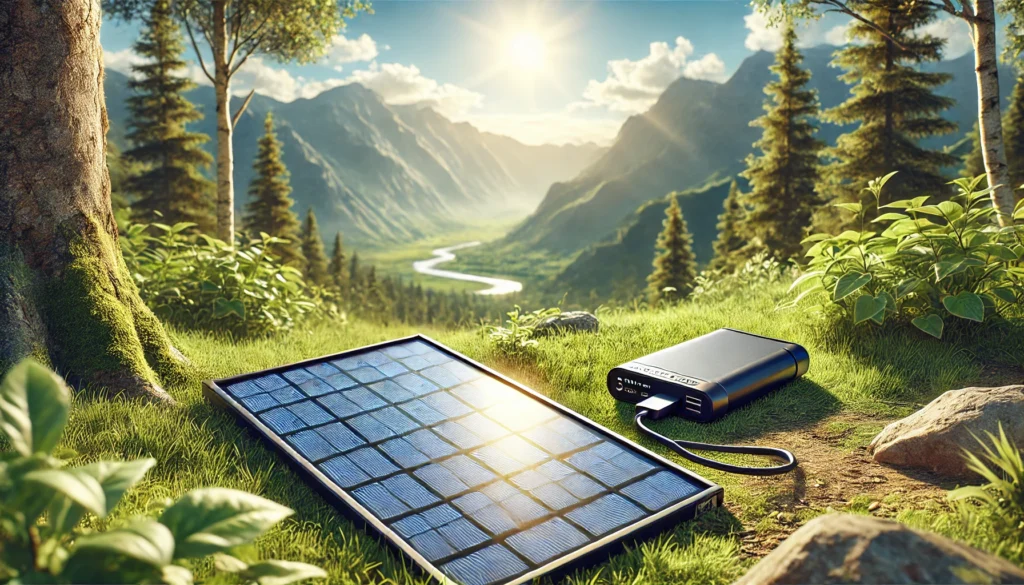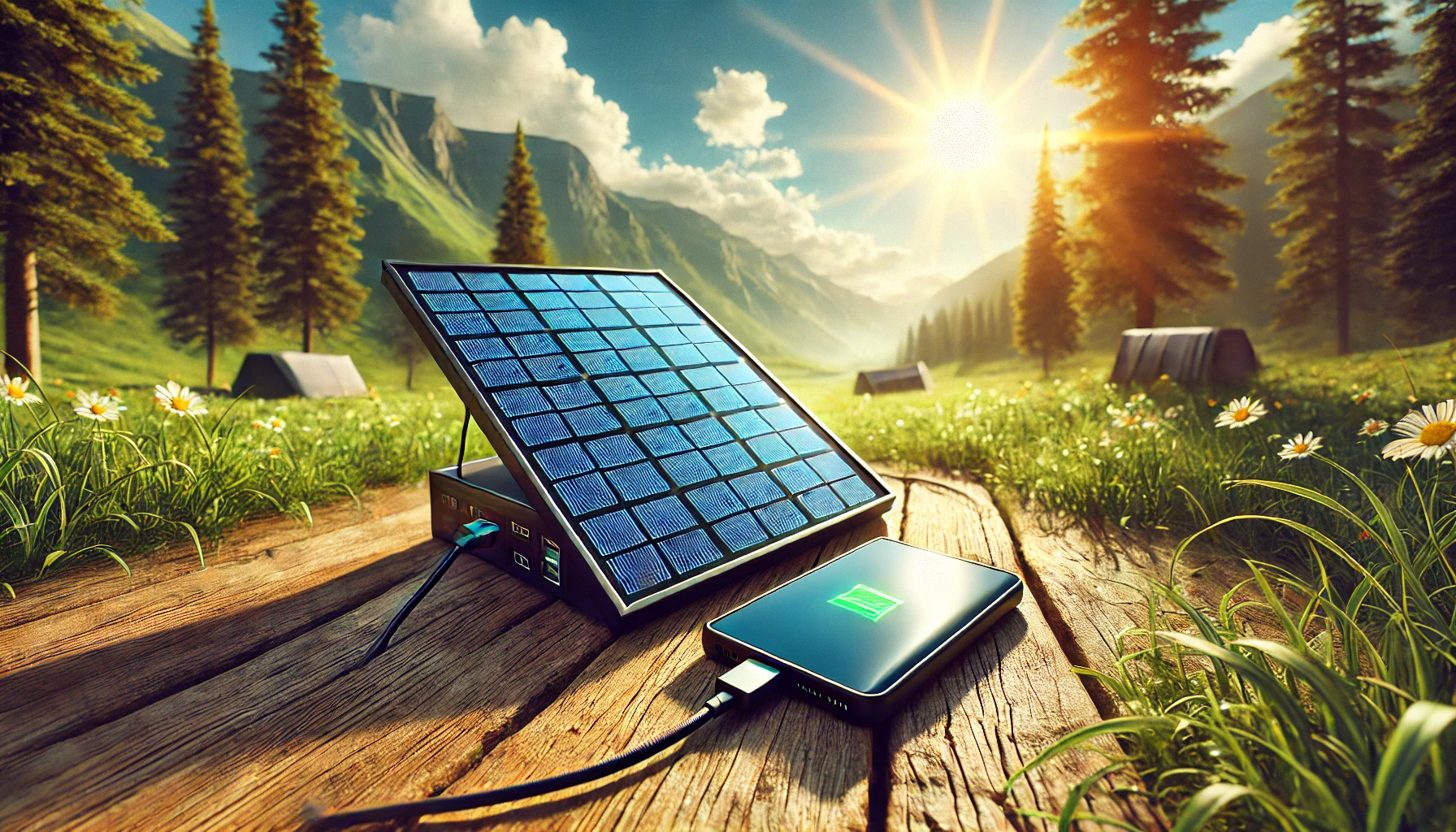
Charging a power bank using solar energy can be a convenient solution, especially when you’re outdoors, camping, or in a remote area with no access to electricity. However, it’s essential to understand how solar power works with power banks to ensure you get the most efficient and safe charging experience. In this guide, we’ll explore the best ways to charge your power bank using solar panels, what type of solar panels are effective, and how to maximize your charging efficiency.
1. Understanding Solar Panels and Power Banks
If you want to charge a power bank using solar energy, it’s important to know that not all solar panels are created equal. The small built-in solar panels that come with some power banks are often insufficient. While they may seem convenient, these tiny panels usually produce a very low output and take a long time to charge your power bank fully. In most cases, they are not practical for serious outdoor or emergency use and might even end up being a waste of money.
Instead, if you’re serious about using solar energy to charge your power bank efficiently, you need a larger solar panel. Solar panels with an output capacity of 40 watts, 60 watts, or greater are much more effective. These panels can generate enough power to charge your power bank in a reasonable amount of time, especially when you are on an adventure or need power quickly.
2. Choosing the Right Solar Panel Setup
Some power banks are compatible with fast charging facility, which can be a great option. Foldable solar panels are portable and easy to carry, making them ideal for camping, hiking, or outdoor activities. However, it’s crucial to choose the right power output. For effective charging, ensure that the foldable solar panel has at least 40 watts of power capacity, and even better if it’s 60 watts or higher. This allows for quicker charging times and ensures your power bank receives enough energy, even if sunlight is limited.
Additionally, it’s important that both your power bank and the solar panel support fast charging. Look for solar panels that have high amp output ports with fast charging support. This will ensure that your power bank charges efficiently, making the best use of the sunlight available during the day.
3. Tips for Charging Effectively in Different Environments
Solar charging is particularly useful when you find yourself in outdoor settings such as forests, hills, during adventures, or in situations like long power cuts or remote locations. In these scenarios, having a portable solar panel setup can be a lifesaver. Here’s how you can maximize efficiency:
- Charge During Peak Sunlight Hours: To get the best results, set up your solar panel during the brightest parts of the day. Direct sunlight is key to fast and efficient charging.
- Use a Large Enough Solar Panel: As mentioned earlier, a panel with at least 40 watts or more capacity is necessary to charge your power bank efficiently.
- Ensure Proper Connection and Placement: Make sure the solar panel is angled correctly to receive the most sunlight, and that all connections are secure to avoid interruptions.
4. Why It’s Better to Charge the Power Bank First
While you can connect your phone directly to the solar panel, this is not always the best practice. Solar panels can sometimes produce fluctuating voltages, especially when clouds pass over or when the sunlight intensity changes. Directly charging your phone in these conditions can be harmful to your phone’s battery health due to the inconsistent power supply.
Instead, it’s recommended to charge your power bank first and then use the power bank to charge your phone. This approach stabilizes the power output and protects your phone’s battery from potential damage caused by voltage fluctuations. By using your power bank as an intermediary, you ensure your phone receives a steady, safe charge.
5. When Solar Charging Is Most Useful
Solar charging is an excellent solution in various situations, such as:
- Camping or Hiking Trips: Keep your power bank charged during the day to ensure your devices stay powered at night.
- Remote Locations or Power Outages: Solar panels allow you to recharge your power bank and devices when traditional power sources are unavailable.
- Adventures and Expeditions: Whether you are in the mountains, a forest, or an off-grid location, having a reliable way to charge your devices ensures you stay connected and safe.
Conclusion
Charging a power bank using solar energy is a practical and sustainable way to stay powered when you’re off the grid. To get the most out of solar charging, invest in a high-capacity solar panel (at least 40 watts or higher) and ensure your power bank supports fast charging. Avoid relying on small built-in panels as they are usually ineffective. Remember, using a power bank as an intermediary to charge your devices is the best way to maintain your phone’s battery health and enjoy uninterrupted power wherever you are.
By understanding and using the right equipment, you can make solar charging an effective part of your outdoor gear or emergency preparedness kit.
